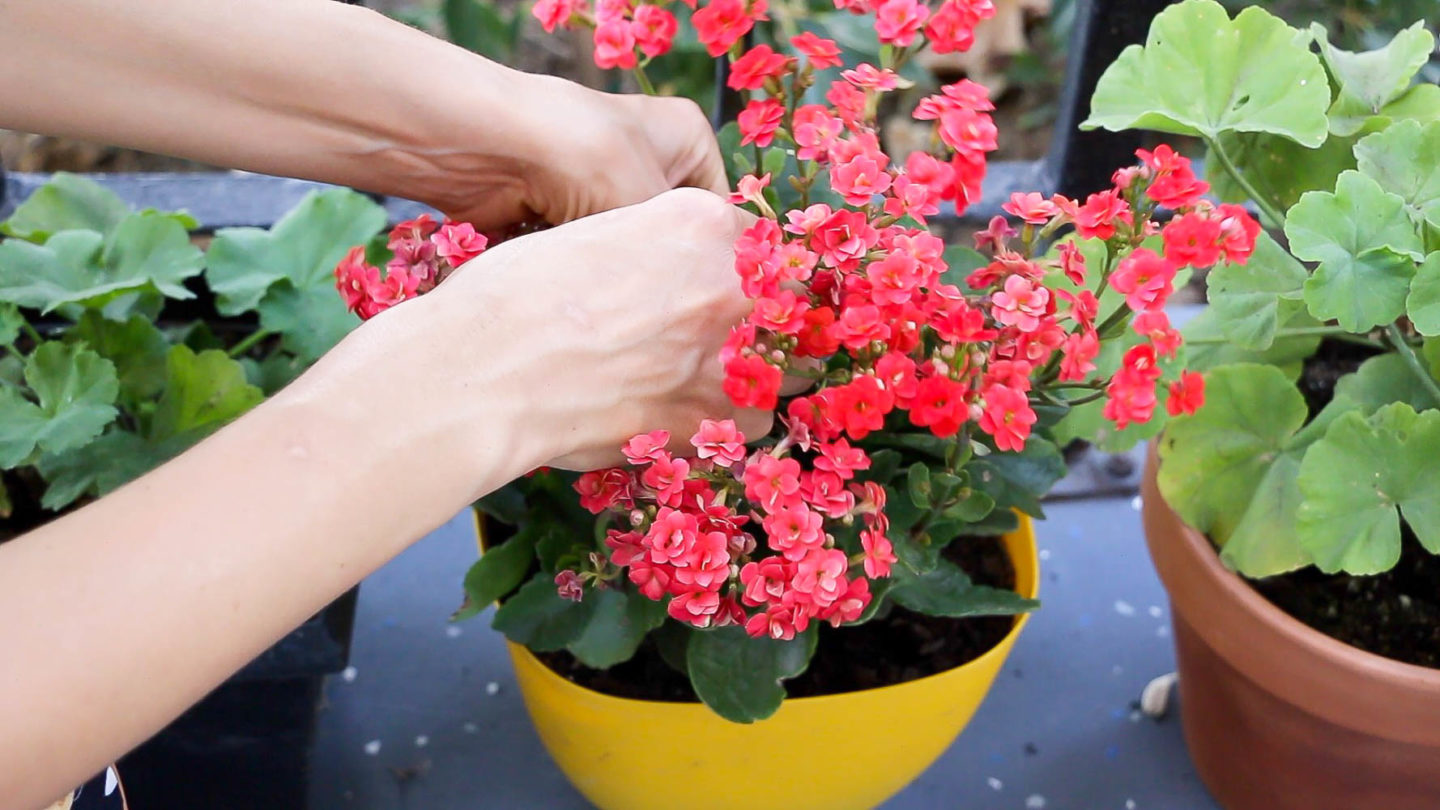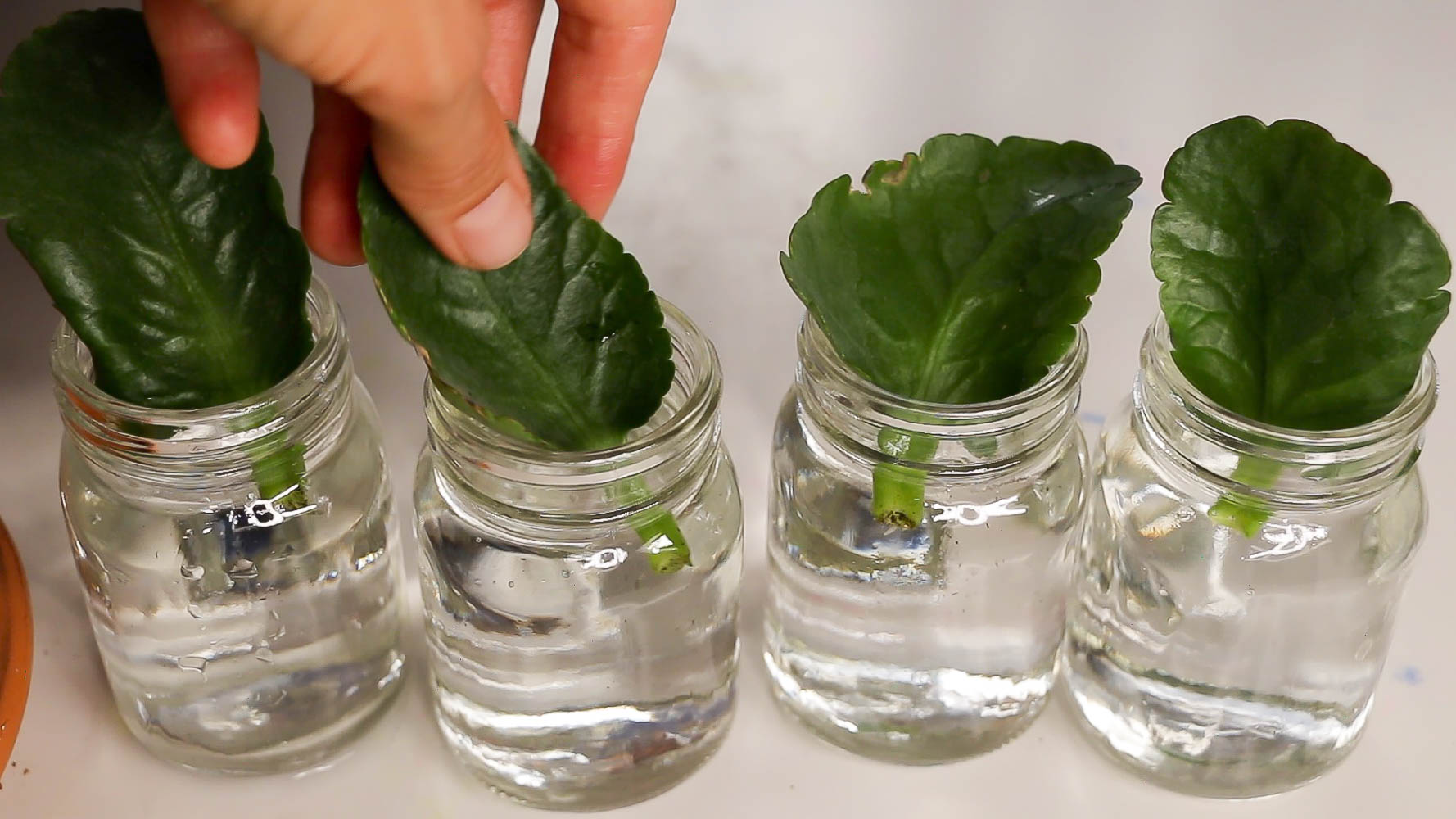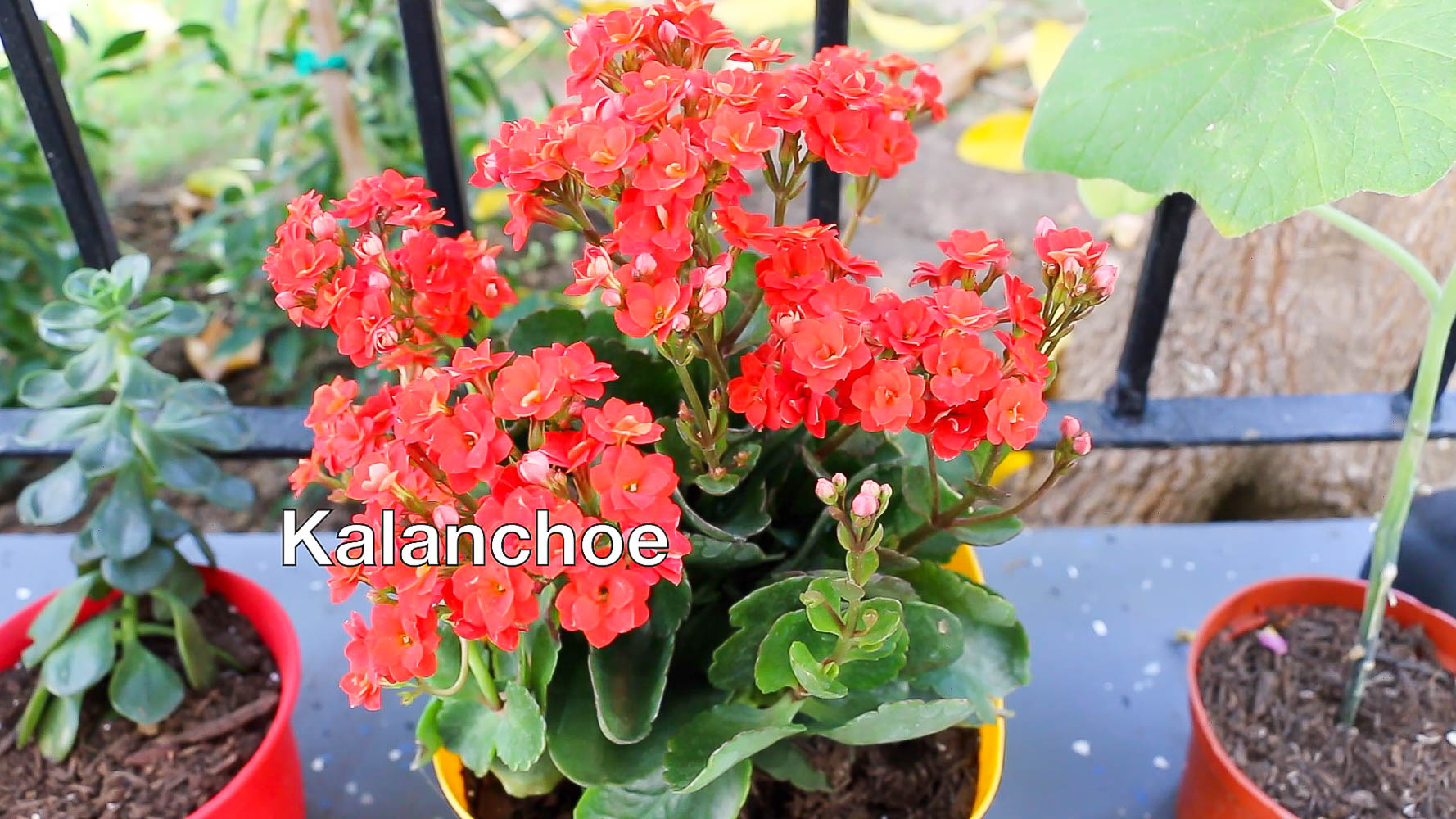Fill your home with gorgeous indoor plants that will remind you of faraway destinations and inspire you to plan your next trip.
Last updated: January 19, 2024
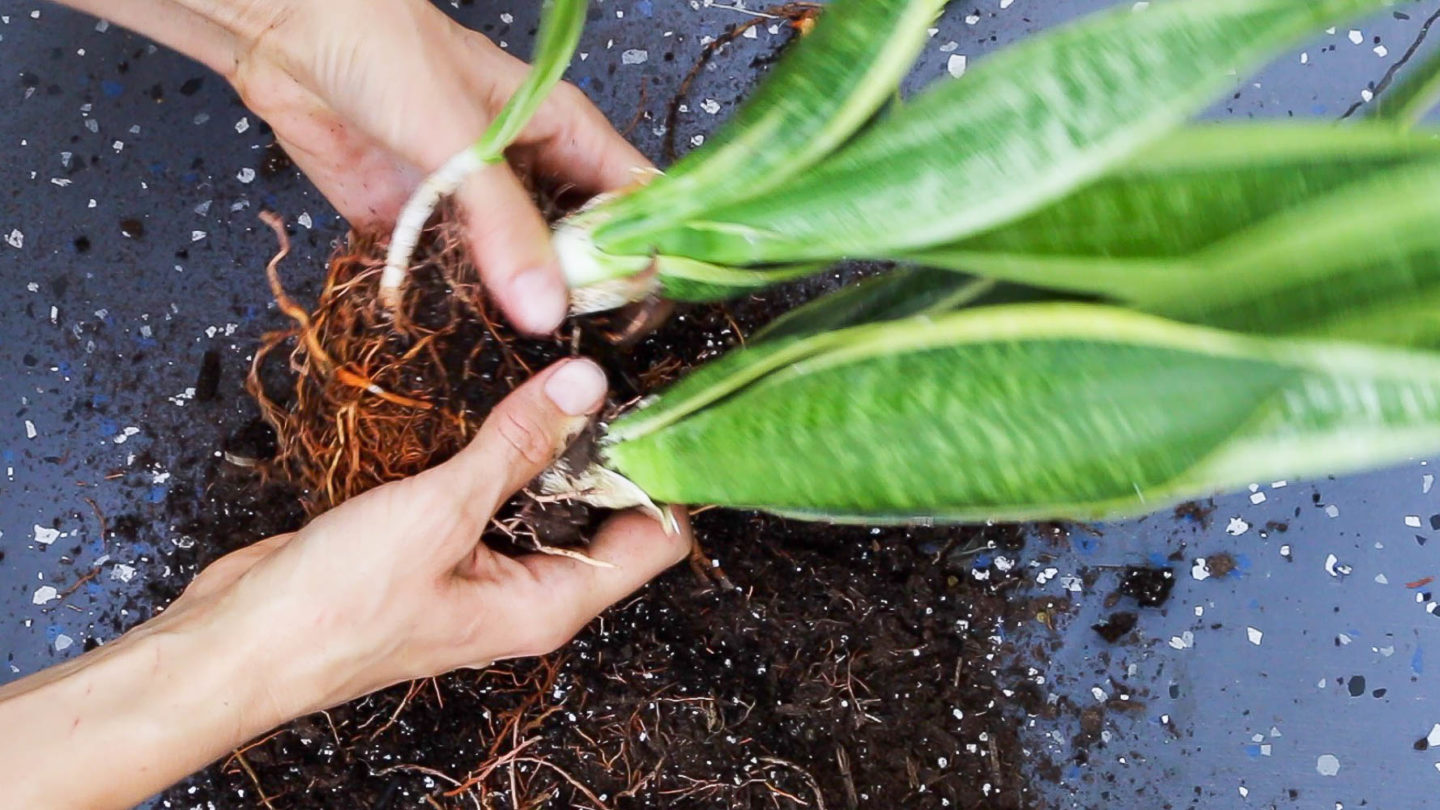
The Best International Plants to Grow in Your Travel-Inspired Urban Balcony Garden and Indoor Space (+Propagation Tips)
Garden center at Home Depot… I don’t remember when and how it happened, but it became one of a few stores that I love to shop at. On one of these hour-long shopping sprees, I stumbled upon a section with vibrant, big-flowered hibiscus plants.
Instantly my memories took me back to Hawaii. I might have been miles away from the tropical islands in the Pacific Ocean, but the images of salty water, towering palm trees agains purple sky in the evening, and endless sandy beaches were so real.
Without hesitation, I put that potted hibiscus plant in my shopping cart. And that’s how my travel-inspired urban balcony and indoor garden has started.
Why Do We Choose International Plants for Our Urban Gardens?
We are drawn to bright flowers, use potted plants to decorate our urban homes, patios, and balconies. Often these belles go with us to parties where they are presented as gifts.
But only a few of us realize that most of the plants we own or simply admire are international guests. Having been grown in different parts of the world for centuries, these shrubs and flowers have slowly adapted to their not-so-native environments.
And what a blessing these plants are indeed! You may drag through cold winter months in Northern Europe, waiting for the spring to clear ice-packed roads, but a glorious, vibrant potted miracle on your bookshelf is unbothered. It reminds you of a sunny day in the Brazilian jungle or a cozy evening in the British countryside.
Or how many cacti do you need on your urban balcony to feel like you’ve been transported to exotic Marrakesh?
The truth is you may not alway have time and resources to book an international trip, but you can recreate that travel-inspired mini garden in your urban house or apartment and on your urban balcony.
It’s not that difficult after all. Expanding your collection of the international plants is even easier once you learn how to properly propagate a particular flower or shrub. Without further ado, here are the top 18 international plants you can grow and easily propagate at home.
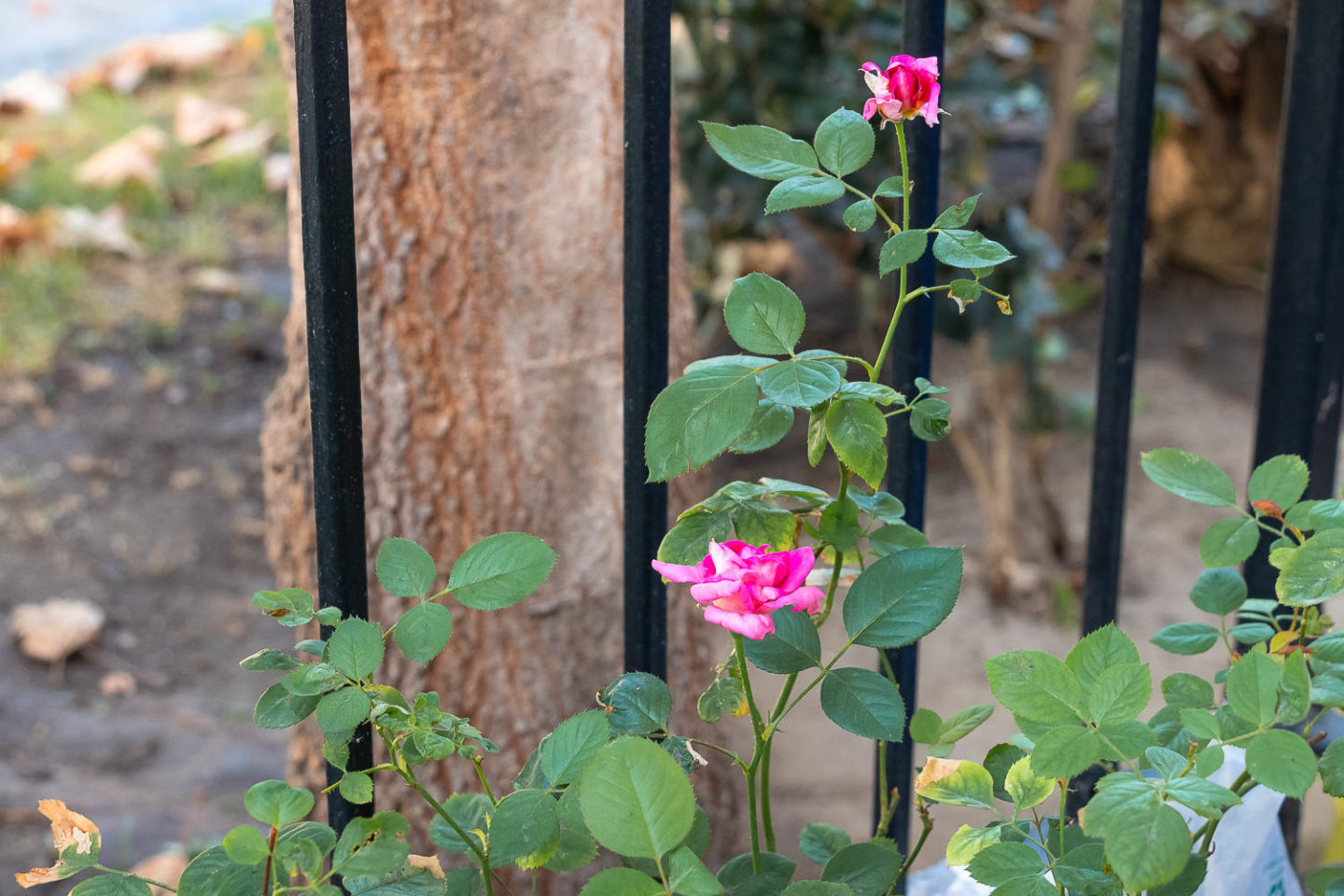
The Best International Plants to Grow and Propagate in Your Urban House and Garden
Your Travel-Inspired Urban Indoor Garden
1. African Violet
The African beauty is famous for its luxurious white, pink, and purple flowers over fuzzy leaves. Native to Tanzania and adjacent Southeastern Kenya, African violet has extended its tropical realm. The petite international plants can be found in houses all over the world. The ease of growing this flower has secured its place in urban gardens, both large and small.
African violet doesn’t like direct sunlight. So place it near a north- or east-facing window and keep the sunniest south-facing window for more light-loving international plants. And don’t forget to water it regularly, placing in a bowl with water as African violet can’t tolerate even a drop of water on its delicate flowers and leaves.
Some people insist that this gorgeous plant of African origin is sensitive to the touch. I haven’t had any issues with that.
Propagation
Take a proper care of your African violet, and it will festoon you urban indoor garden for up to 50 years. Not only you can enjoy the vibrant bloom for so long, but you can also multiply it.
To propagate the violet species, break or cut off the healthiest, greenest leaf, located near the center, and place it in a pot with soil. Additionally, you can create the greenhouse effect and wait for this international plant to grow from a leaf.

2. Spider Plant
Another member of your urban garden that comes from southern and tropical Africa, spider plant is a large plant that slightly resembles the top of a palm tree. It’s one of the first plants that have quickly adapted to my not-ideal-for-growing-plants urban apartment conditions.
Spider plant can tolerate low light and doesn’t require a lot of water. In fact, it thrives better when its roots have time to completely dry out.
As the reward for devoting a tiny corner of your urban garden to this international potted plant, it removes 95% of chemicals from the air in 24 hours, according to the NASA study.
Propagation
Your adult spider plant explains the etymology of its name when it starts releasing its plantlets or “spiders”. This mini versions of the mother plant grow on long trailing stems and produce tiny white flowers.
The plantlets produce air roots once they mature. Detach this baby “spider” plant from the mother and pot it in soil. Welcome home, a new member of the international urban garden!
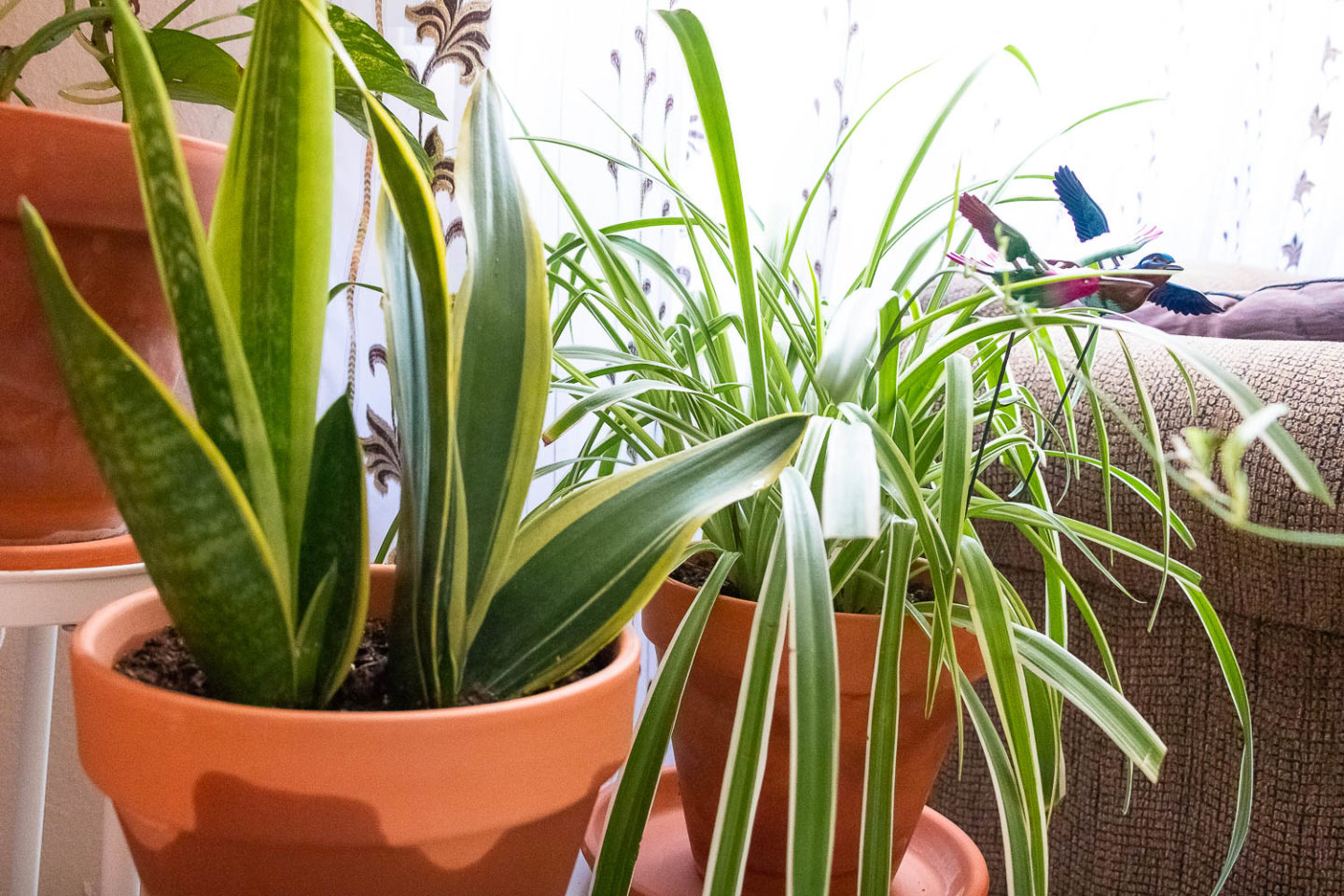
3. Snake Plant
Snake plant might be an ultimate international plant to grow in your urban garden or indoors. Ranging from sturdy leafy species to narrow sticks and bird nests, this houseplant can sit in the darkest corner of your room. It can go well without frequent watering. And it grows relatively fast.
Native to tropical West Africa, snake plant can grow both indoors and outdoors. Still try to keep it away from direct sunlight when decorating your patio or balcony with it.
Apart from its aesthetic use, snake plant, also known as Saint George’s sword, mother-in-law tongue, and viper’s bowstring hemp, helps filter the indoor air. In fact, it’s one of the most favorite houseplants that converts carbon dioxide into oxygen at night.
So make sure to put one of these international guests of yours in your bedroom and reap the great benefits it provides in exchange for your care.
Propagation
Snake plants can grow from leaf. Just cut one off, divide it into smaller pieces or use as one and stick it in water. Make sure the bottom part of the plant goes into your propagating cup first. It takes a few month for the plant to produce roots.
If you are as impatient as I am, then use a division method to grow your international urban garden. Separate a big plant into smaller parts, leaving the roots intact, and plant them in separate pots.

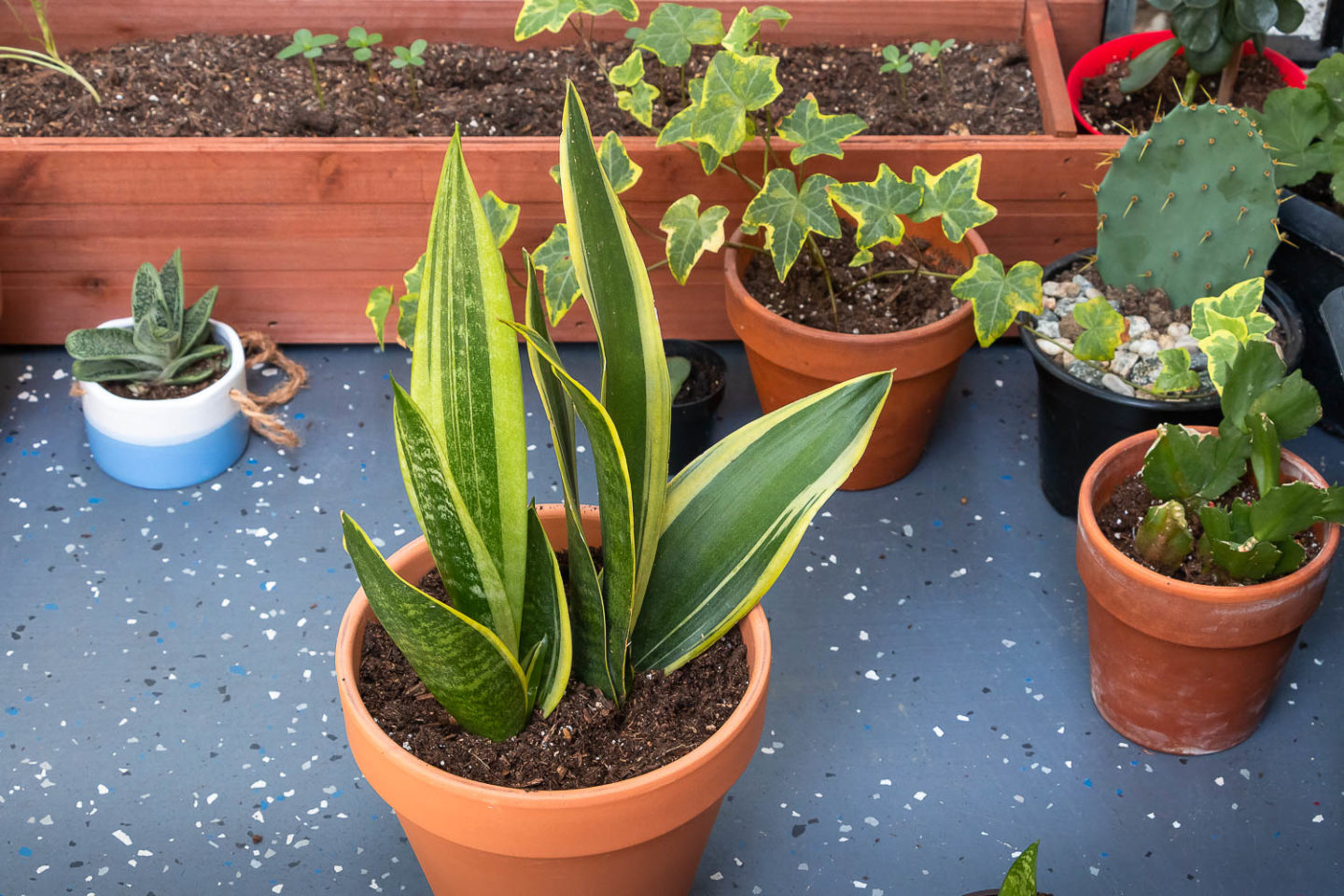
4. Aloe Vera
Great for both the indoor and outdoor garden, aloe vera is considered an invasive species. The plant that originated on the Arabian Peninsula, has adapted well to different climates in different parts of the world. And there is a reason why this international succulent has become a favorite of many urban gardeners.
Pleasing to the eye, aloe vera possesses healing properties. Gel in its thick leaves helps keep your skin soft and fights skin problems. Some people swear by aloe vera juice, which helps fight free radicals and reduces the risk of chronic conditions such as diabetes, cancer, and heart disease.
Propagation
Divide your large aloe vera and plant the baby plants in decorative pots. Make sure to use well-drained, succulent soil for repotting your aloe vera.
Alternatively, you can detach a pup that might have or not have roots yet. In the latter case, don’t water your new aloe vera plant for the first week.
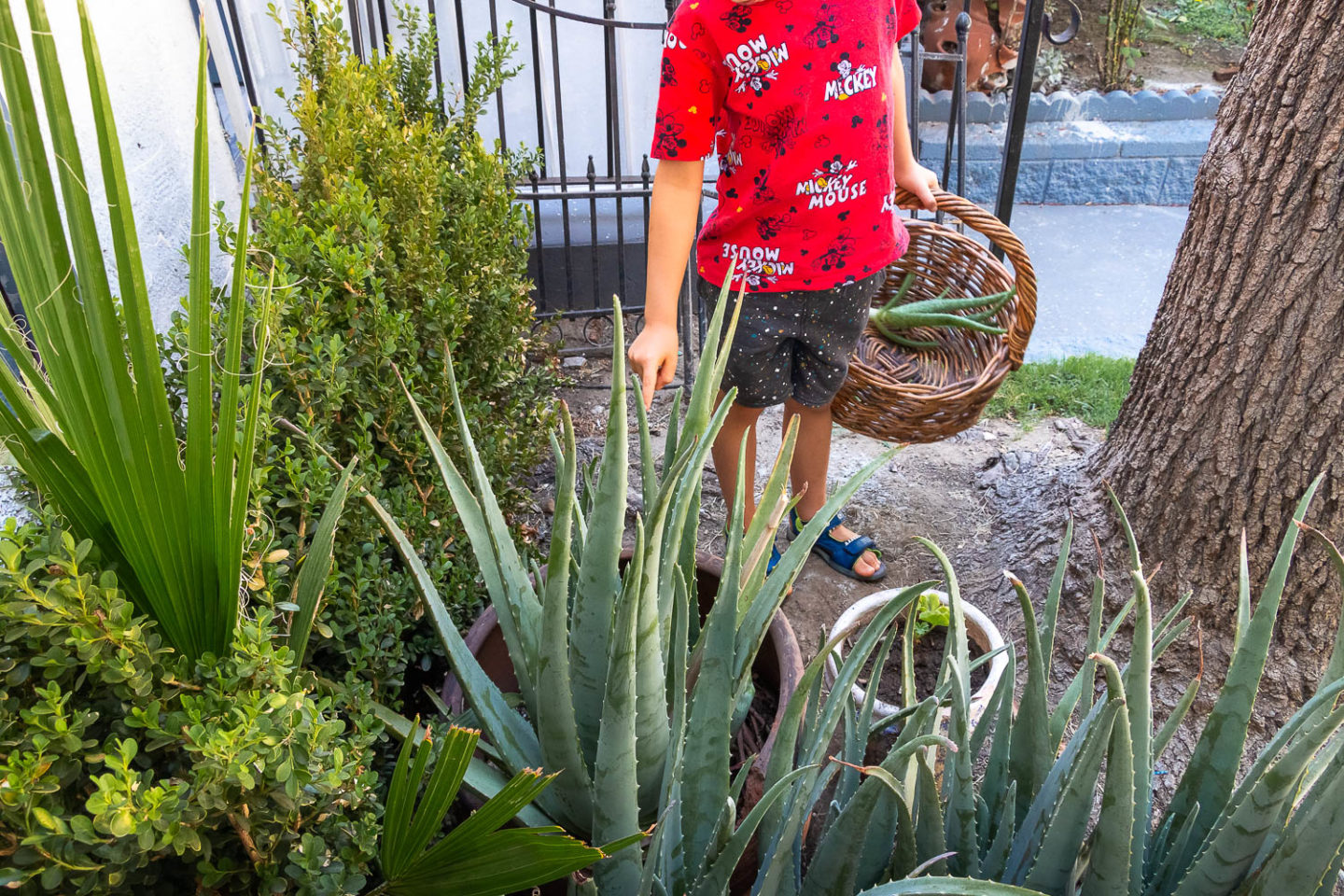
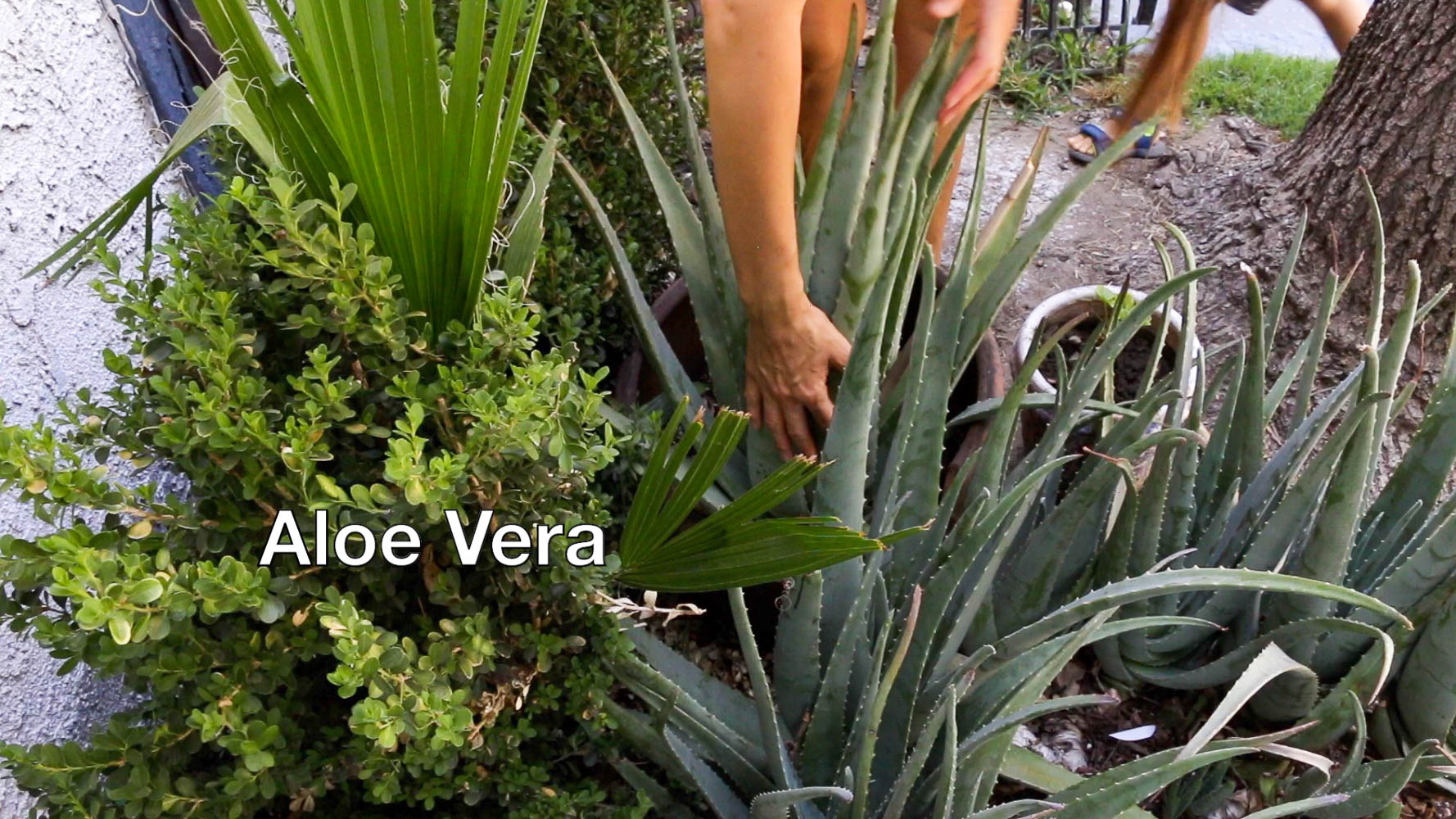
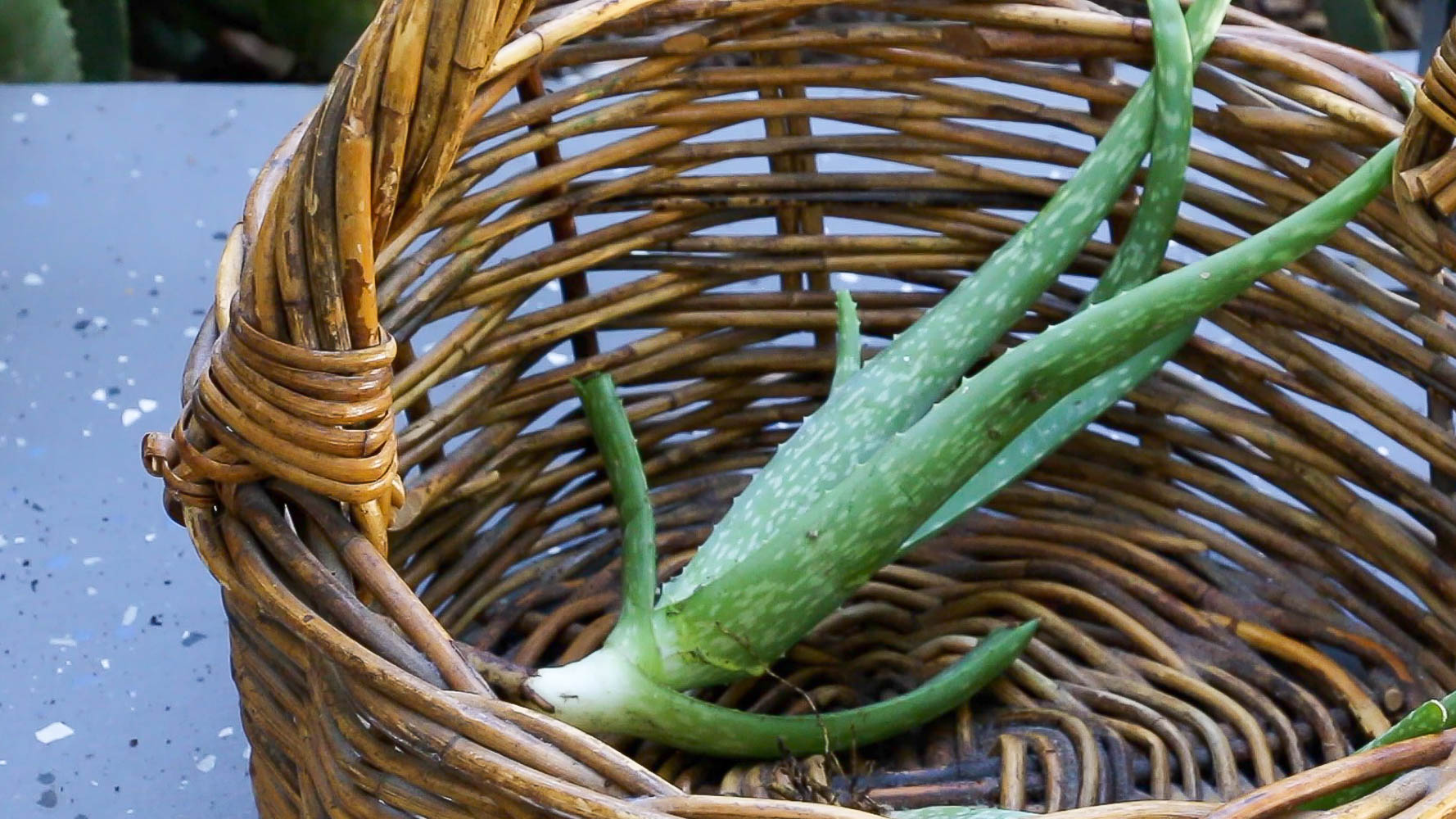
5. Cacti and Succulents
Exotic cacti and succulents are among the easiest plants to care for. These spiky plants are indigenous to North and South Americas, from British Columbia and Alberta, Canada, to the border of Peru and Chile. The vast variety of cacti and succulents grow in Mexico.
Thanks to their thick, hard-walled stems that store water, these international plants can survive without watering for up to a month. If kept outside, they can age with you. Some species can live for nearly 100 years. The indoor cacti and succulents adorn your living space for up to 10 years.
Propagation
To propagate your cacti (given they have leaves or smaller stems that resemble the leaves), separate a leaf and stick it into soil. Don’t water for the first week.
Succulents can reproduce themselves from leaves as well. But instead of burying a part of the plant’s leaves, lay them on the soil. Water sparely and keep the pot in a shady area.
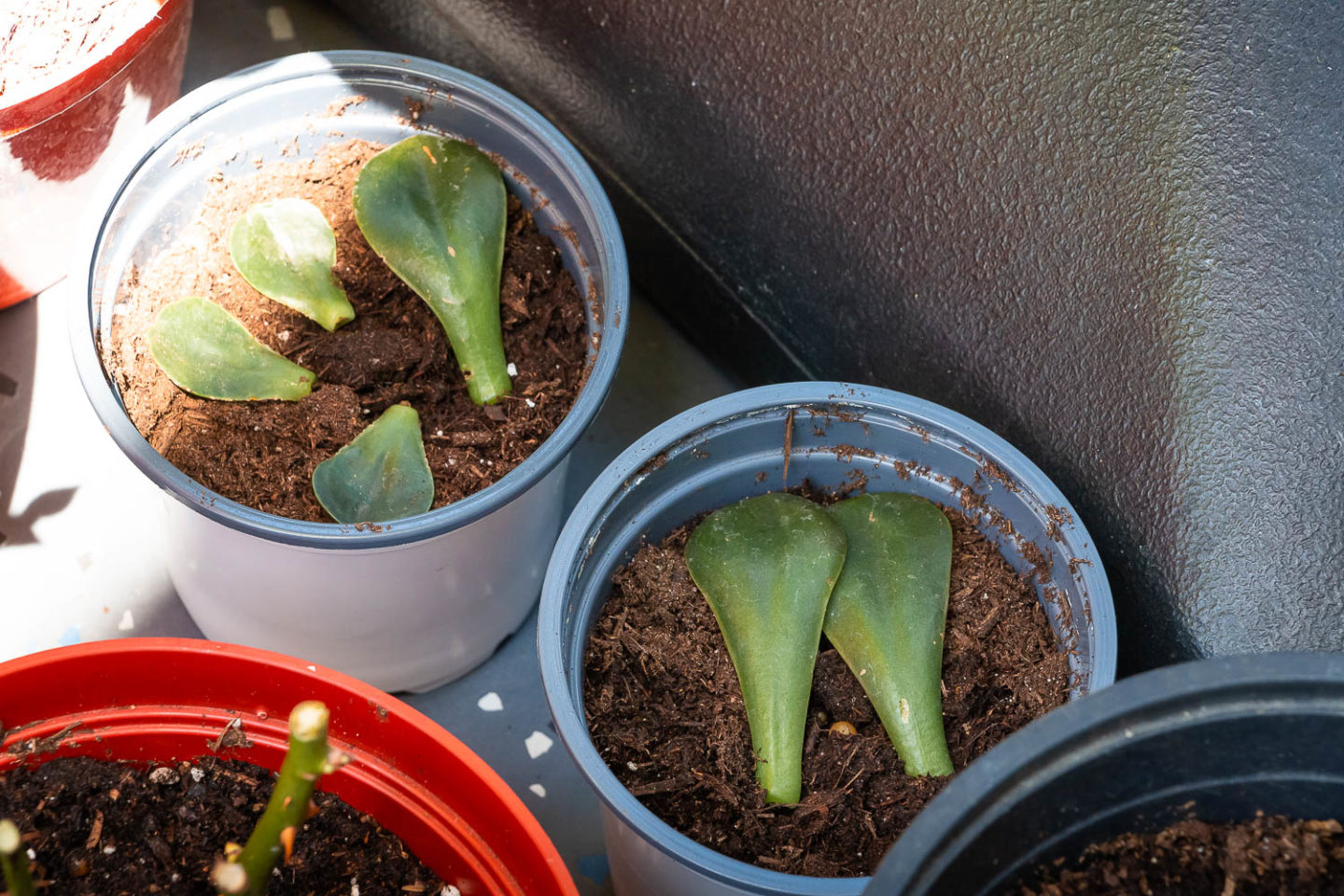
6. Pothos
Two pothos species were the first plants to join our international urban flower family. Both of them, propagated from cuttings and given to us by a friend, were dormant for years. They didn’t grow a bit. And then the magic happened. They came to life with unstoppable force.
The pothos plant in our room upstairs that gets most daylight is about to “circle” the ceiling for the second time. I was thinking of trimming it a little bit to slow down the growth, but then thought better of it. If it lives in the urban plant jungle, let it spruce it up.
The pothos plants differ in colors and shapes of their leaves. But one thing that differentiates these species, native to Mo’orea in the Society Islands of French Polynesia, is their luxurious vines. The long “arms” of pothos stretch everywhere you allow them to go. And it’s such a beautiful sight, such an essential part of your international urban indoor garden.
Keep in mind, though, that the pothos plants are slightly poisonous, but rarely fatal. So keep your babies and pets away from these tropical beauties. On the other hand, these houseplants are excellent at improving the indoor air quality.
Propagation
The easiest way to propagate pothos is to put a cutting (make sure the node is still there) in water or directly in soil. The first is my favorite method, and I’ve been quite successful with it. Propagating in soil ensures the lushest plant right from the start. From my experience, though, it takes longer for roots to form.
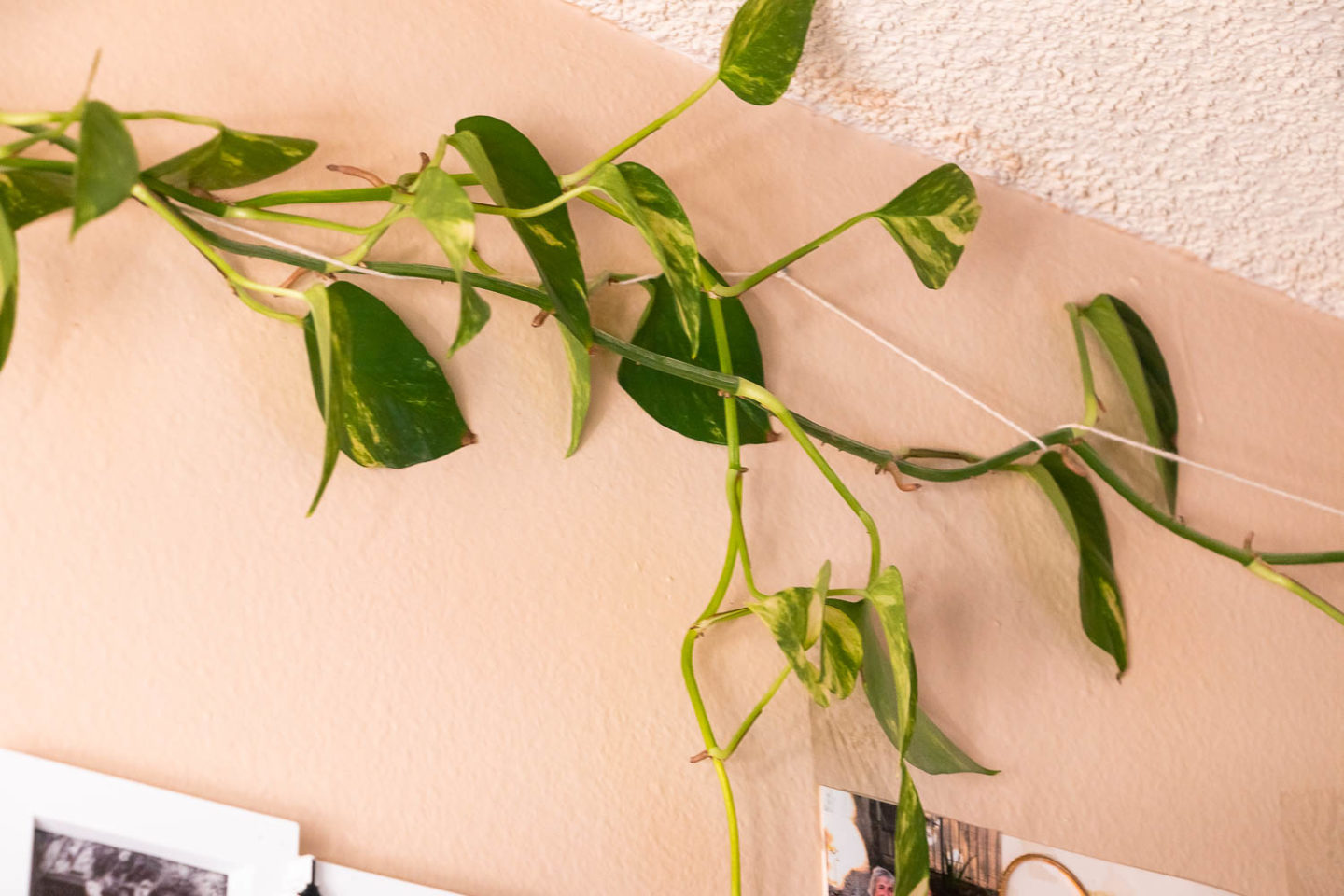
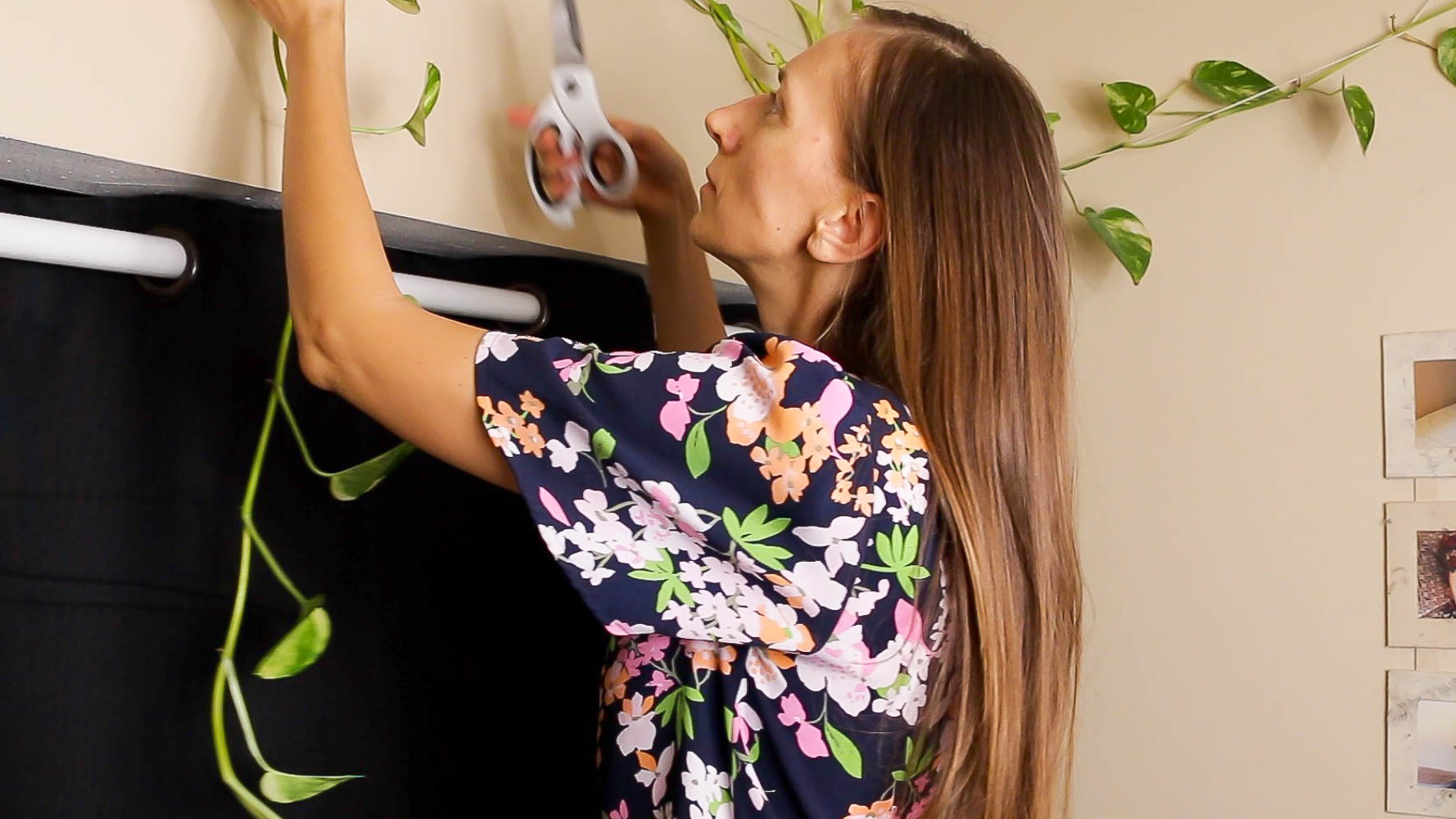
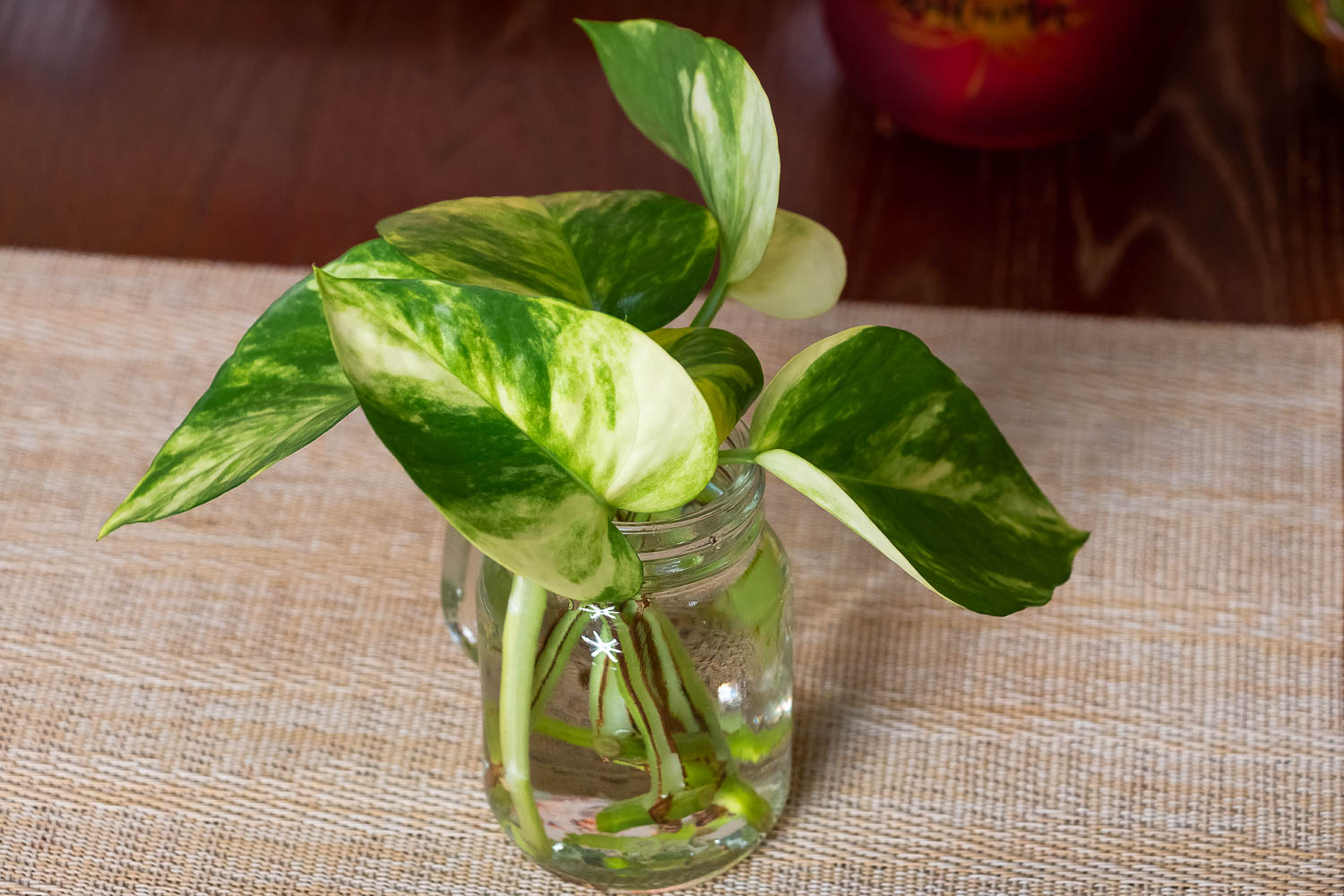
7. English Ivy
I’ve included English ivy in my humble international urban garden because it’s one of the easiest plants to care for. Or at least people claim it to be. This native to most of Europe and western Asia plant, however, turned out to be a source trouble for me.
Its delicate vines were thinning day by day and its leaves were turning brown in a speedy manner. Eventually I stopped this dreadful decay by moving the plant to our small, but growing urban balcony garden. In Southern California climate, I can safety keep it there well into fall months, maybe even throughout the year.
English ivy is a mildly poisonous houseplant. Yet according to the NASA study, it’s one of the most effective indoor plants for cleaning benzene from the air.
Propagation
Similar to the pothos species, you can expand your ivy family by taking cutting from the parent plant. Again make sure you have at least one node, where the roots will grow from.
You can root your cuttings in water or soil. Once the new plant shows visible sights of roots being formed, repot the ivy plant and find a shady place for it in your now expanding international urban indoor garden.
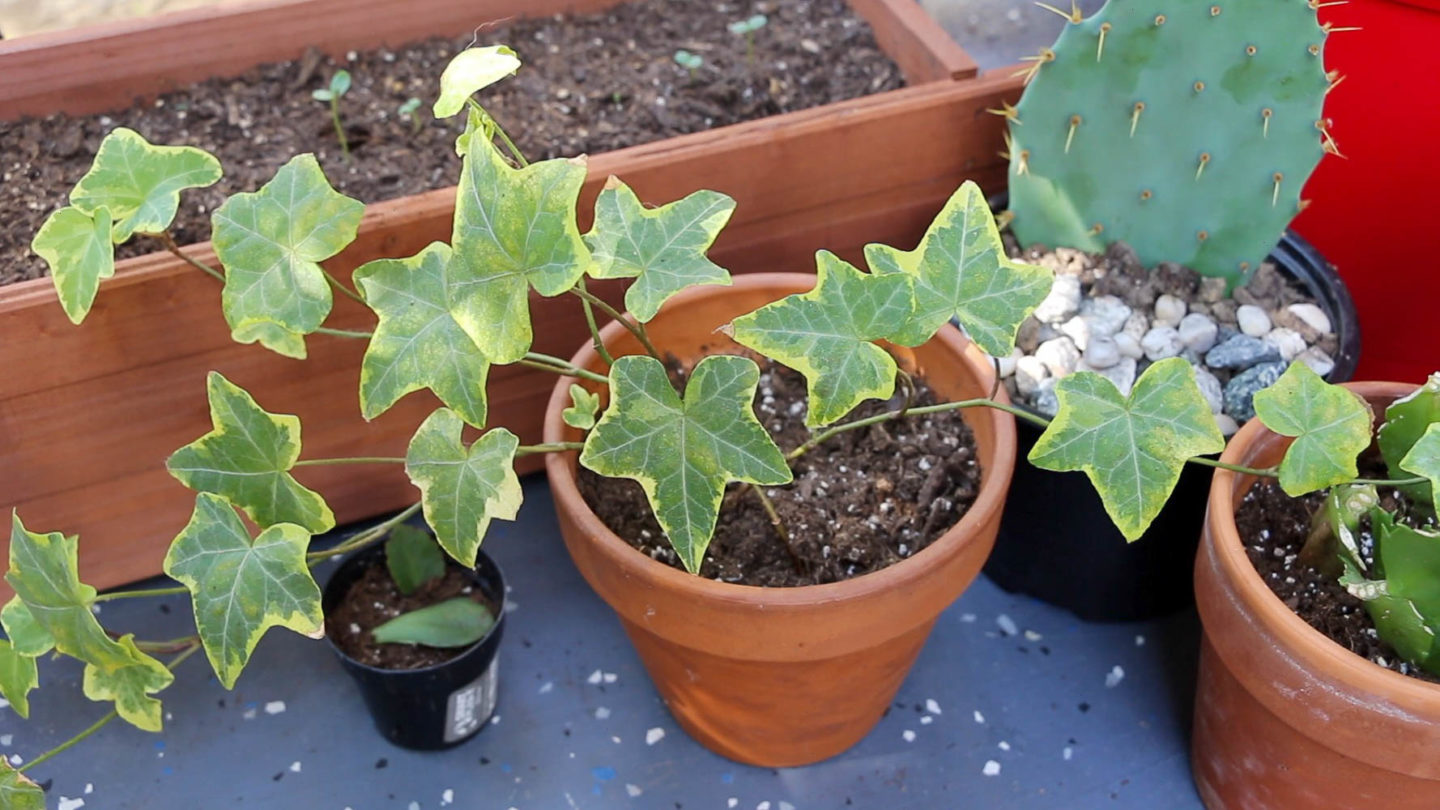
8. Fan Palm
These elegant houseplants add a tropical vibe to your indoor plant collection. Native to Australia, fan palms thrive in the Florida landscape. They can grow as big or as tall as your pot allows.
Apart from their aesthetic appeal, these houseplants improve air humidity, absorb indoor air pollutants, and emit more oxygen. So it may be just the perfect plant for your bedroom.
Propagation
Fan palms grow from seeds. Another proven way to propagate these international houseplants is by separating babies from the adult plant.
9. Peace Lily
Peace lily should go straight into your bedroom. Native to tropical regions of the Americas and southeastern Asia, this green belle with large white flowers purifies the air and promotes restful sleep. Furthermore, tolerant of low to bright indirect sunlight, it’s well able to spruce up the darkest corner of your urban indoor garden.
Indoors, peace lily can live for up to 3 to 5 years. The houseplant is considered a lucky plant. It’s believed this international flower brings fortune and harmony into your home.
Propagation
If you feel like trying your hands at science, try to propagate your peace lily from leaf or stem. Adequate light and conditions are required in this case.
The easiest and most popular way to grow your peace lily family is by division. Carefully separate the adult plant and plant the baby in a new pot.
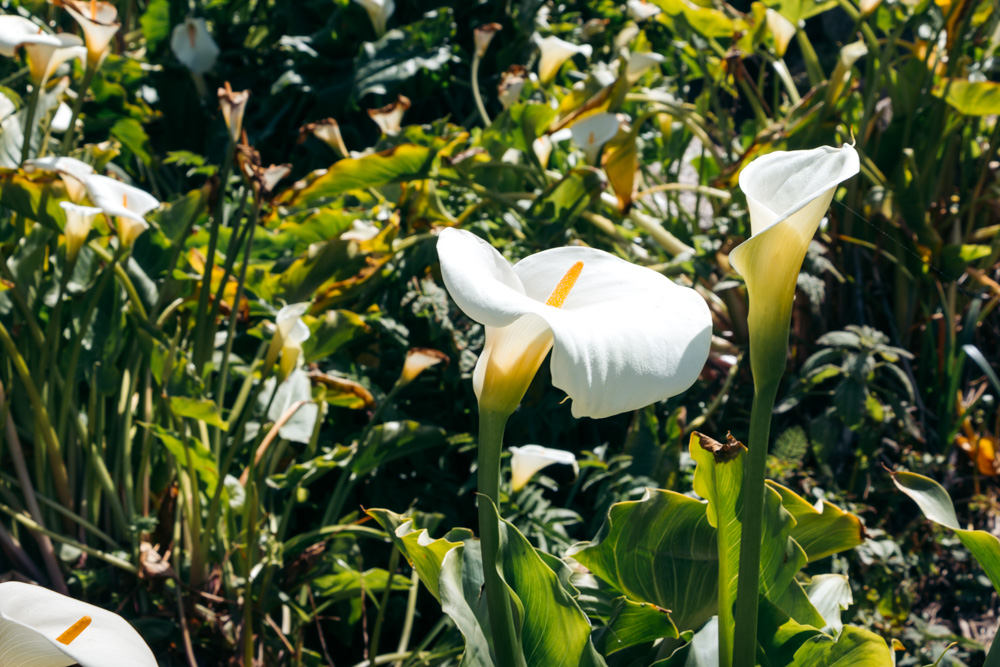
10. Dracaena
Dracaena or more popular as dragon tree has traveled to your international urban flower garden from tropical Africa. It’s a rather unfussy plant. All it asks for is moist, but never soggy soil. In return, the African plant-immigrant purifies the air and adds a signature touch to your indoor decor.
Propagation
You have two ways to expand your international home garden. First, cut off the crown of dracaena. Make sure to get at least one node. Put it in water or soil and keep warm until it starts rooting. Second, cut the stem in smaller pieces. Propagate them in water in a warm place.
11. Weeping Ivy
Vining plants are among the most popular additions to any international indoor garden. Coming all the way from India and northern Australia, weeping ivy stretches its arms-vines beautifully if given a proper lighting and moist soil. As most of the indoor plants, it festoons the room and purifies the air.
Propagation
Reproduce your weeping ivy garden by cuttings. Make each cut directly above a leaf and trim the stem below to about one inch. Plant in soil and wait for the baby plant to grow.
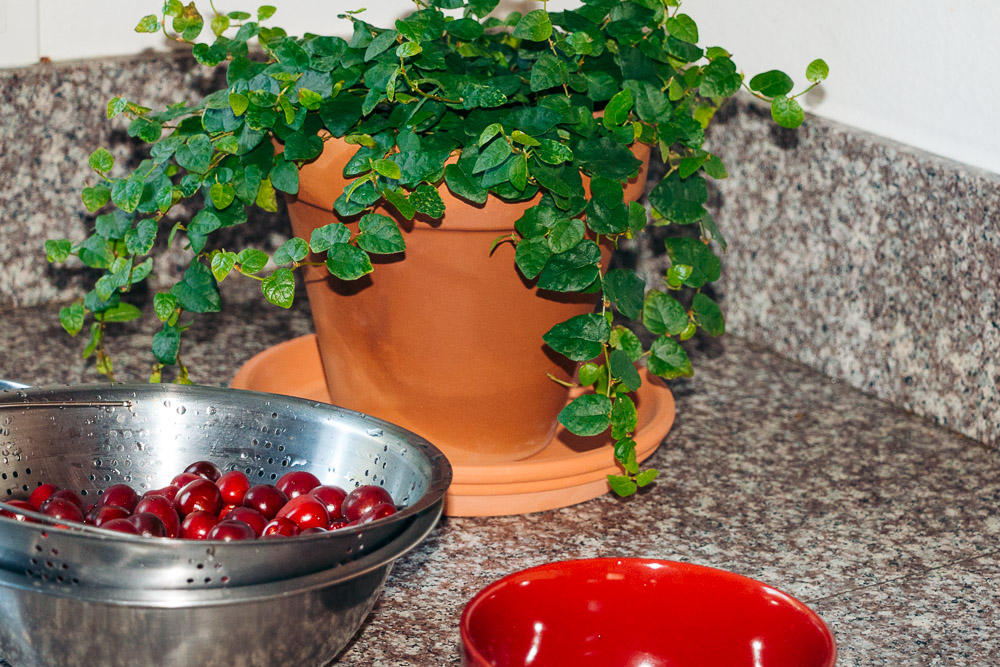
12. Schlumbergera (Christmas Cactus)
Better known as Christmas cactus, schlumbergera is a type of cacti. Famous for its bright red flowers at the end of long vines, this international plant has a small family. About 6-9 species exist. All of them are found in the coastal mountains of south-eastern Brazil.
In your international urban indoor garden, Christmas cactus thrives in a shady area with high humidity. It can live for up to 100 years, adorning your abode and purifying the air as you sleep.
Propagation
Christmas cactus is reproduced from cuttings of 1 to 4 segments. Let the future houseplants sit in a cool, dry place for 2-4 days right after your separate them from the mother plant. After that, plant the cuttings an inch deep in soil or water. These beauties will normally join your international urban indoor flower family in 4-6 weeks.
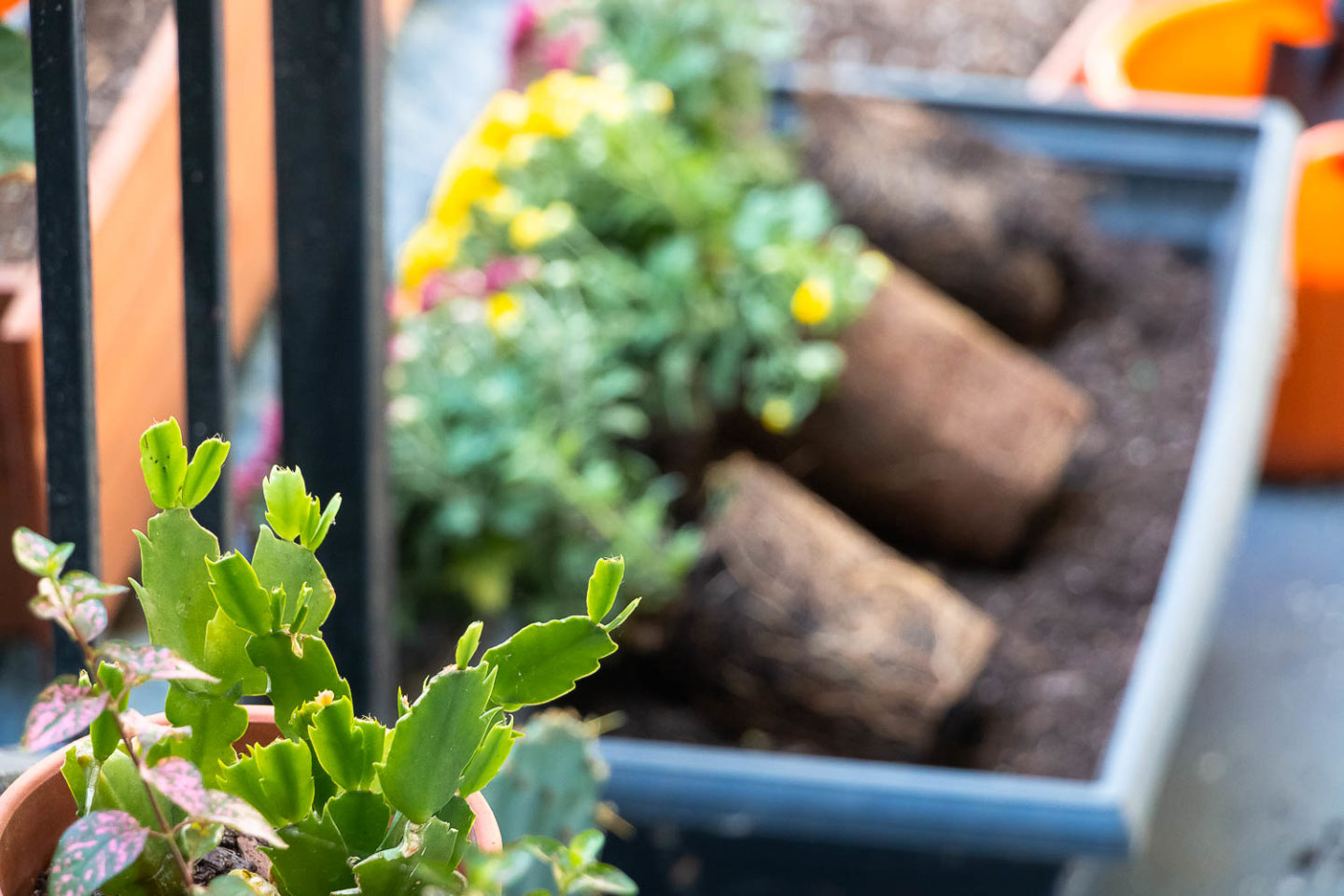
13. Alocasia (Elephant Ear Plant)
My newest favorite international plant. Big leaves on long stems look exotic. They intrigue the moment you lay your eyes on them. You know right away that it would be a stunning addition to your international indoor garden.
Caring for this Asian plants is easier than you can imagine. Keep the soil moist, but not soggy. I killed a few leaves in the beginning by watering the plant too frequently. As a results, the oldest leaves turned yellow and eventually fell off. The plant itself survived and continues to produce new “ears” from the stem or rhizome.
Propagate
Elephant ear plant can be propagated by division. Split up the mother’s rhizomes and plant a new member of your international plant collection in a new pot.
Your Travel-Inspired Outdoor Urban Patio and Balcony
A few international plants grow better outside. Even some houseplants follow their lead. Depending on where you live, you can leave these plants outdoor all year round or bring them inside when it gets colder. Here are few international species that can adorn both your urban home and balcony.
14. English Lavender or French Lavender
Tiny purple flowers have allured flower lovers, herbalists, and culinary experts for centuries. Oblivious travelers, however, associate these plants with expansive flower fields in Provence, France.
Good news, you can grow both English and French lavender in your own garden, whether it’s urban or hidden somewhere in a quiet rural area. These international goddesses do just well in raised beds, on your windowsills, or even in large pots near the stairs leading to your patio.
With that said, English lavender is tougher and can survive outside in most gardening zones. French lavender boasts bushier flower heads, but is more susceptible to low temperatures. If you live in a region with harsh winters, you may need to keep your lavender inside from late fall through early spring.
Propagation
Lavender grows from seeds. Alternatively, you can propagate your international flower-herb from cuttings or by separating larger plants.
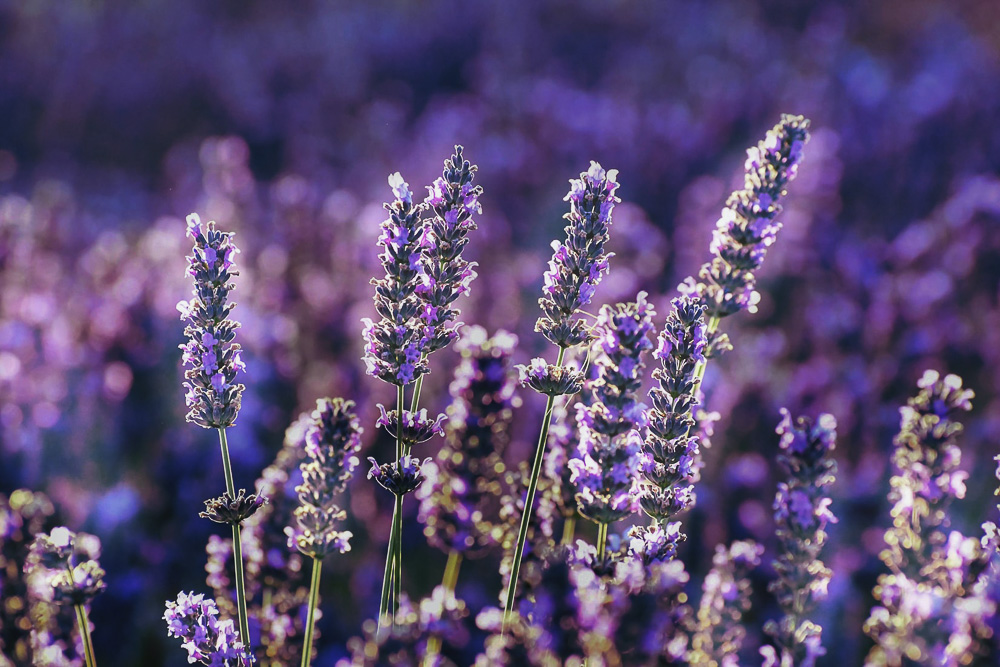
15. Hibiscus
We think of Hawaii every time we spot bright large flowers that look like bells. Hibiscus indeed has tropical origins. The Hawaiian species, however, have smaller flowers and look different from their widely-spread Chinese siblings.
Hibiscus is a shrub that can grow up to 3-6 feet. Yet if you prune it regularly, it can thrive in a large pot on your patio or balcony.
Here is another important thing to keep in mind if you decide to enhance your international urban garden with this plant. The flowers grow only on new growth. So pruning not only helps keep your hibiscus in shape, but also ensures richer bloom.
Propagation
Hibiscus can grow form cuttings. Strip it off almost all leaves, leaving only a couple at the top and stick in moist soil. You might also want to create the greenhouse effect, which supposedly increases the chances of your hibiscus cuttings to root.
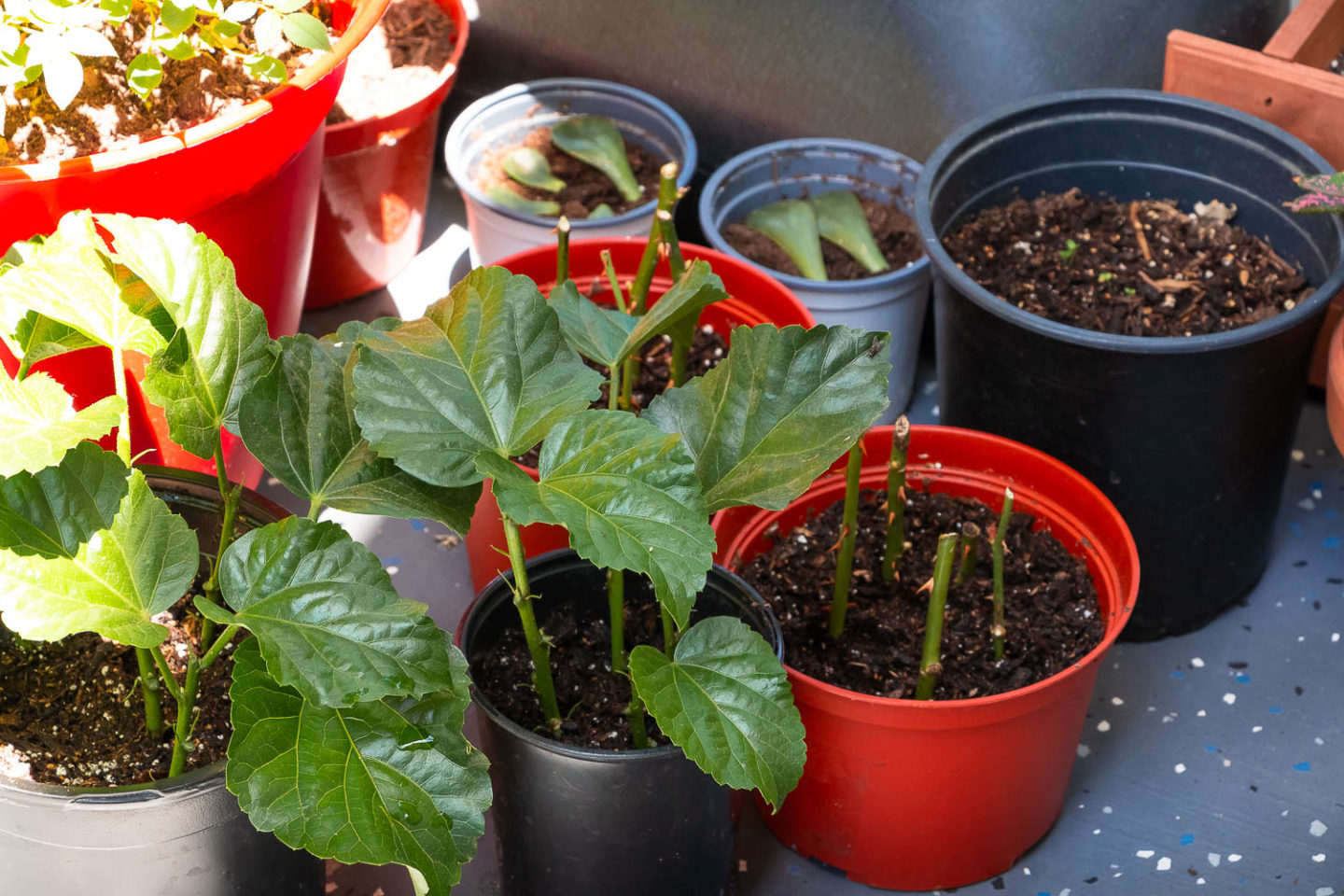
16. Cacti and Succulents
Cacti and succulents can grow both inside and outside during the warmer months. If the winters are cold where you live, bring the plants inside to overwinter there.
Start growing your urban succulent garden with smaller species. Choose different varieties and plant them in one wide pot. This assortments is a showstopper and will surely attract guests passing through your patio.
Propagation
You can propagate cactus by cutting its stem or detaching upper parts and planting them in soil.
Succulents can grow from leaves. Place them on soil, making sure that the lower part, the one that was attached to the mother plant, touches the soil or is slightly buried. Keep the nursing pot in a shady area and water is gently when needed.
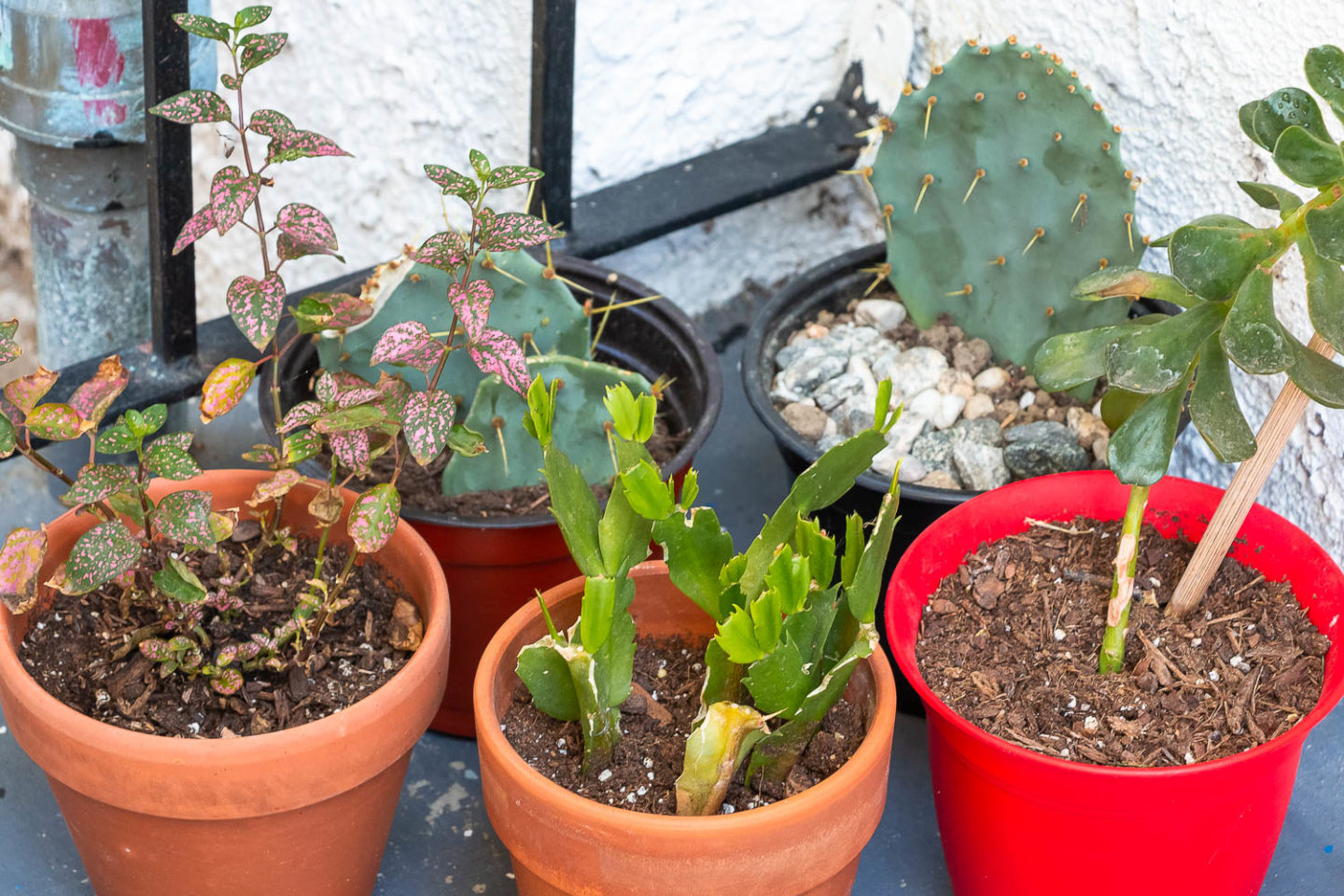
17. English Rose
As the name suggests, these international flowers came from England. They say different kinds of roses were symbols of two fighting houses, The House of York and The House of Lancaster, in a battle for the throne of England. In the end, the Tudor rose that combined both the red and white colors was used as a symbol of pease. Today, it’s also the national flower of England.
The story of origin on English rose, however, goes further back. It’s believed Romans first introduced the plant, which originated in Central Asia, to England.
Propagation
The propagation method is similar to hibiscus. Take a few cuttings, strip them off all leaves, and plant in moist soil. Many swear by creating the greenhouse effect for successful rooting. Either way, it’s one of the most difficult plants to propagation from the cuttings. But your effort is well paid off if you succeed.
Additionally, you can separate a baby rose from the mother plant and plant it in a separate pot.
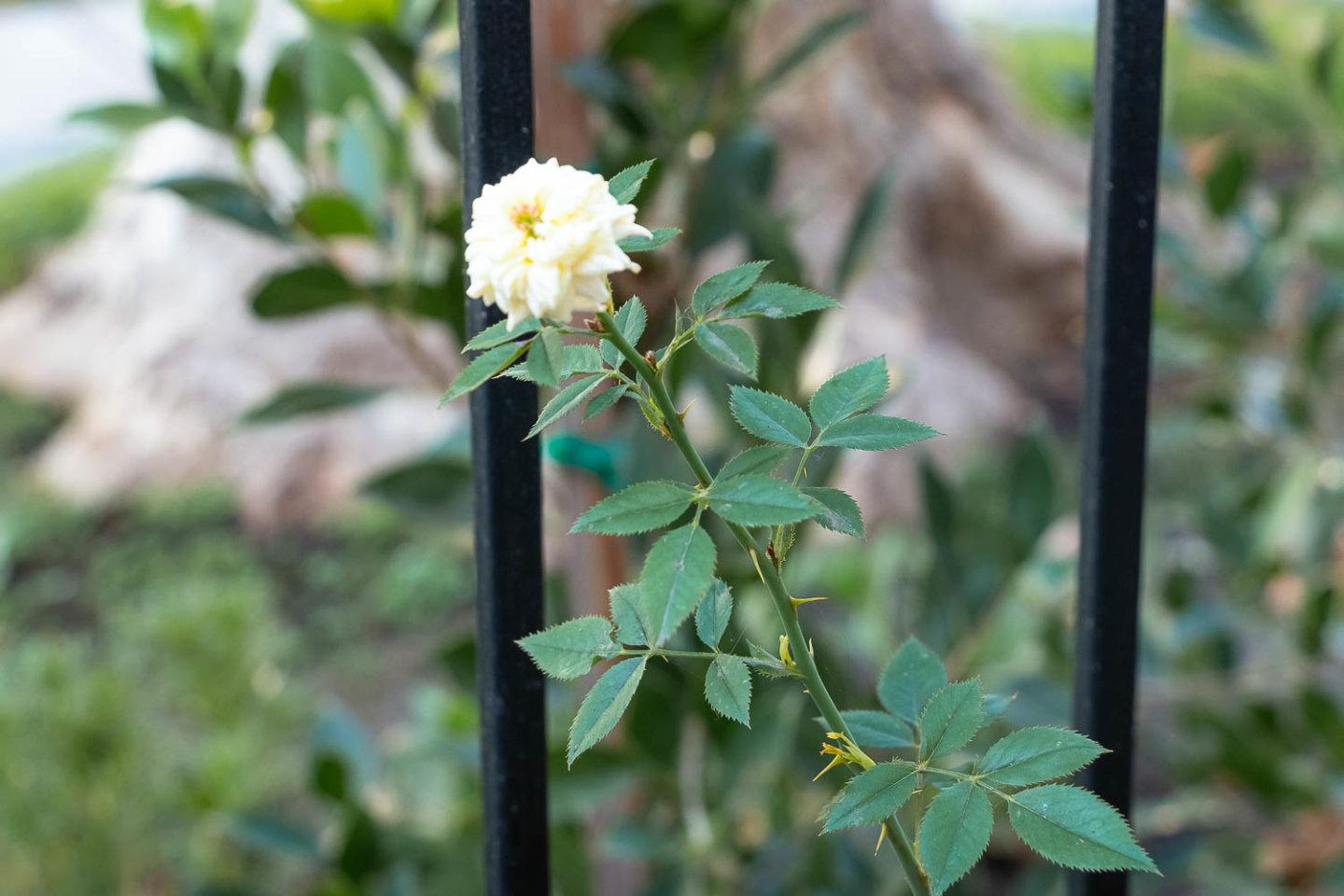
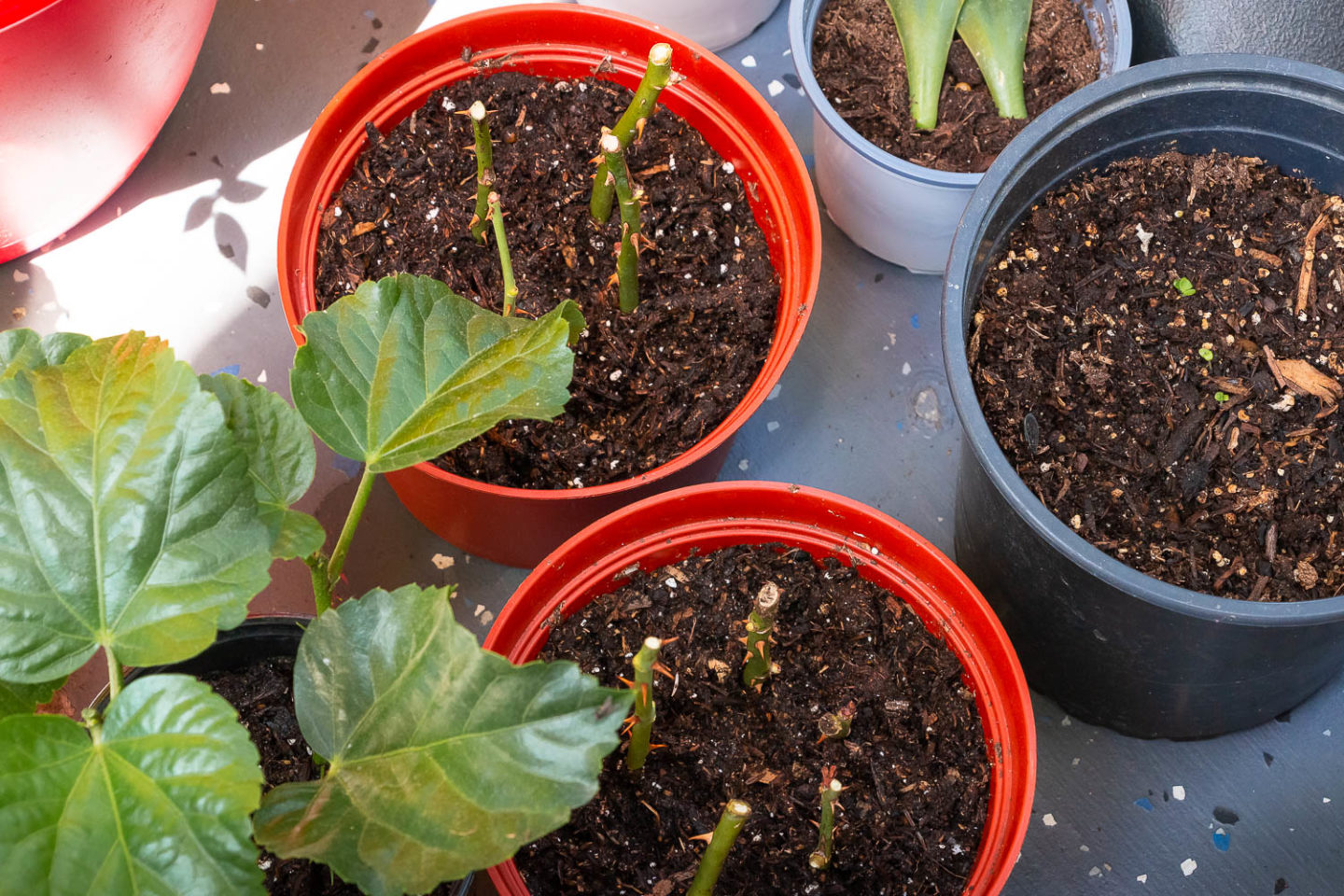
18. Kalanchoe
This international plant has traveled long way, all the way from Madagascar and tropical Africa. Kalanchoe is also known as widow’s thrill and flaming Katy. While the first name doesn’t say a lot about its pleasing look, the latter certainly indicates vibrant bloom that can adorn your patio or balcony for up to 6 weeks at a time.
Kalanchoe is considered a houseplant. But give it enough sun in the morning, and shade in the afternoon and it can be the centerpiece of your outdoor space. Bring it inside when the weather gets colder.
If you need one more reason to pick this plant for your international urban garden, here it is. Kalanchoe symbolizes persistence and eternal love.
Propagation
Propagate kalanchoe as you would propagate your succulents. Take off a few healthy leaves and stick, not place, them in soil or water.
